The Wandering Wino Blog


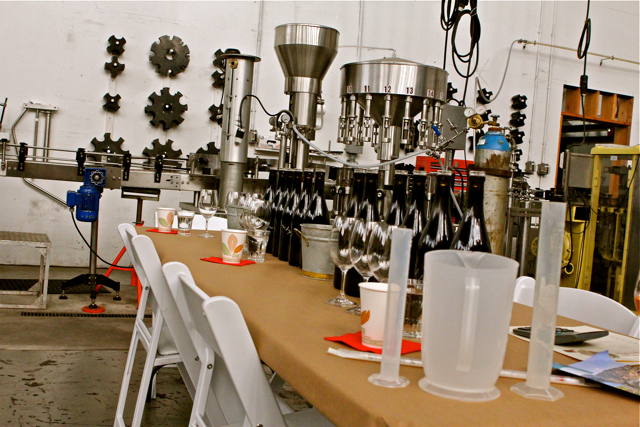
By Madeline Blasberg
A surprising number of new wine drinkers have the common misconception that wine aromas are the result of additives introduced during the production process. However, wine aromas are the result of chemical compounds present in the wine and can be organized into 3 categories - primary, secondary, and tertiary aromas according to where they come from.
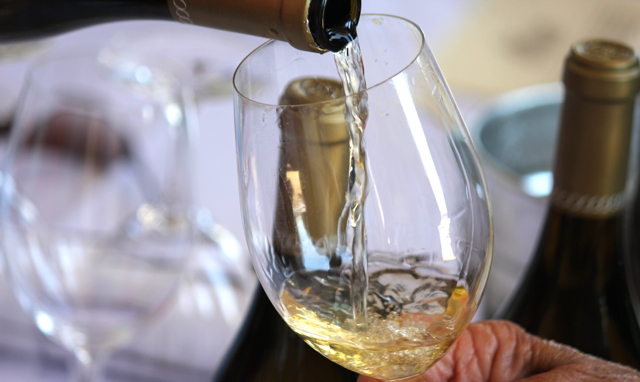
Wine Aromas are anything that is sensed using olfactory perception, meaning that the nose does all the work. Humans are able to smell more than 100,000 scents but identifying them, however, is an entirely greater challenge. Wine possesses more than 900 aromatic compounds – chemical molecules (odorants) that are sensed by the nose as smell. From the moment we are born, we begin building up our rolodex of identifiable aromas. This memory inventory includes everything from the highly nuanced smells of grandma’s hand cream, to the highly universal smell of a freshly sliced lemon. Wine aromas include a spectacular range of scents: everything from band aids to bacon, cinnamon to chocolate, apples to asparagus.
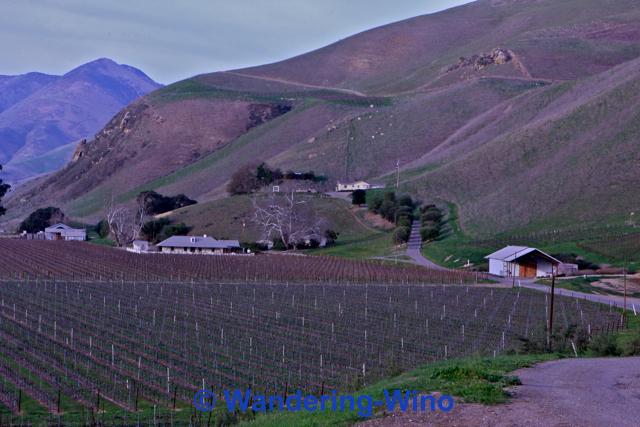
When a glass of Pinot Noir strikes the drinker with pleasant perfumes of strawberries and cherries, it’s easy to imagine a veritable fruit salad bobbing around in the fermentation tanks, infusing the liquid with new flavors and scents. However, neither fruits, flavorings, or essences are ever added to wines during the production process. Instead, these wine aromas come from three sources: the grapes themselves, the fermentation process, and the aging process. Wine experts have used these three categories to help organize the hundreds of wine aromas that can so easily overwhelm the senses.

Primary aromas – varietal aromas
Within the grape itself, certain fruit and floral aromas are waiting just to be discovered. Primary aromas are specific to each grape variety, terroir, and growing conditions. They are influenced by how the grape grows on the vine and their expression is dependent on the winemaker’s hand to highlight the most beautiful scents. For example, the tiny black grapes of Cabernet Sauvignon are known for having powerful scents of blackcurrants, Malbec grapes are full of plum aromas, Sauvignon Blanc smells like gooseberries, and Riesling grapes smell of crisp green apples.

Secondary aromas – fermentation aromas
Secondary aromas come from fermentation and maceration (when the grape juice hangs out with the grape solids in a kind of hot tub). Often the most recognizable secondary aromas come from a family of yeast smells – which may include bread dough, cake mix, etc. Generally, secondary aromas are fleeting and disappear after a few months.
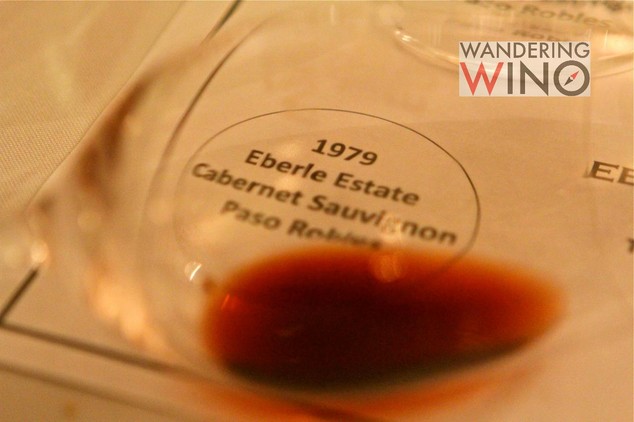
Tertiary aromas – aging aromas or “bouquet”
These aromas come from the aging process and aren’t present at all in young wines, instead they are derived from the extended evolution of the wine. Tertiary aromas may develop during bottle aging or barrel aging, they add a great level of complexity to the wine, and are often referred to as the wine’s bouquet.

The introduction of oak wood to wine – whether it be in the form of oak barrels, staves (wooden slabs), or oak chips – is used to mature a wine, soften its harsher elements, and add a little something special to the winemaking recipe. The source of the oak (French, American, Hungarian, etc.) as well as how intensely it has been toasted over open flames, all impact the aromas that it contributes to a wine. Examples of tertiary aromas include vanilla, violets, caramel, coconut, toast, baking spices, and smoke.
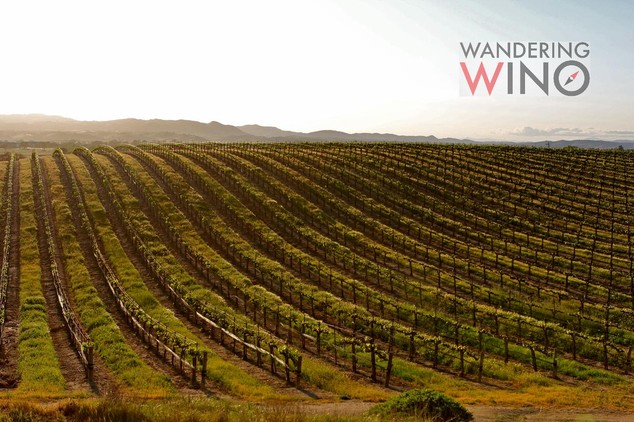
Certain varietals – even regions – are known for having specific aromas, which help tasters identify what they are drinking. Learning these benchmark aromas can be an excellent place to begin building up tasting skills. Thankfully, noses and brains can be easily trained to smell and identify new aromas – it’s simply a question of a little dedicated practice. The next time you walk into the grocery store, flower shop, or stand at the stove cooking dinner, consciously take stock of the smells around you. That way, the next time you swirl a glass of wine and raise it up to your nose, you’ll smell the difference and be able to trust your judgment.
Madeline Blasberg is a Certified Wine Consultant who has spent time in Mendoza, Argentina, where she was surrounded by wine, both personally and professionally. Currently, Madeline works as the Official Wine Commentator & Reviewer for Etching Expressions a company specializing in personalized wine bottles.



Comments